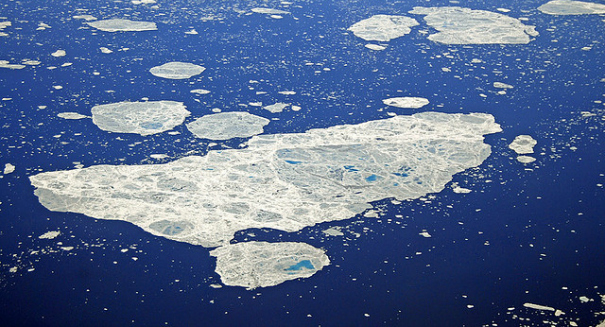
Climate change is causing high levels of carbon to be stored in the permafrost of the Arctic.
Climate change is not only melting the Arctic – it’s causing carbon to be stored in the permafrost, which can worsen global warming if released into the atmosphere.
A study from the University of Georgia’s Skidaway Institute of Oceanography found that the permafrost of the Arctic is storing alarming amounts of carbon.
“The study we did was to look at what happens to that organic carbon when it is released,” said University of Georgia Skidaway Institute of Oceanography researcher Aron Stubbins . “Does it get converted to carbon dioxide or is it still going to be preserved in some other form?”
He compared the permafrost carbon storage to food in a freezer to illustrate the damage done.
“However, if you allow your food to defrost, eventually bacteria will eat away at it, causing it to decompose and release carbon dioxide,” said Stubbins . “The same thing happens to permafrost when it thaws.”
Stubbins elaborated on the possible consequences of Arctic carbon on the atmosphere. “If you cut down a tree and burn it, you are simply returning the carbon in that tree to the atmosphere where the tree originally got it,” added Stubbins . “However, this is carbon that has been locked away in a deep-freeze storage for a long time. This is carbon that has been out of the active, natural system for tens of thousands of years. To reintroduce it into the contemporary system will have an effect.”
“We found that decomposition converted 60 percent of the carbon in the thawed permafrost to carbon dioxide in two weeks,” said Stubbins. “This shows the permafrost carbon is definitely in a form that can be used by the microbes.”